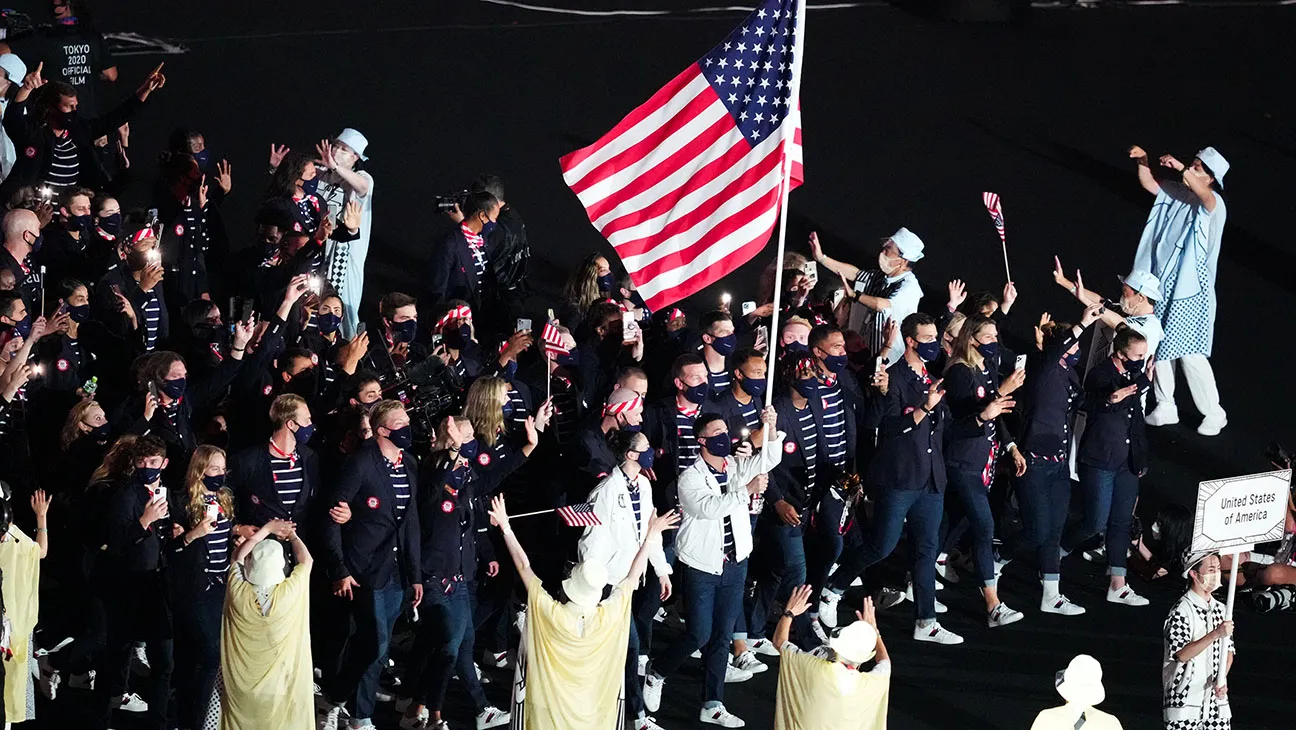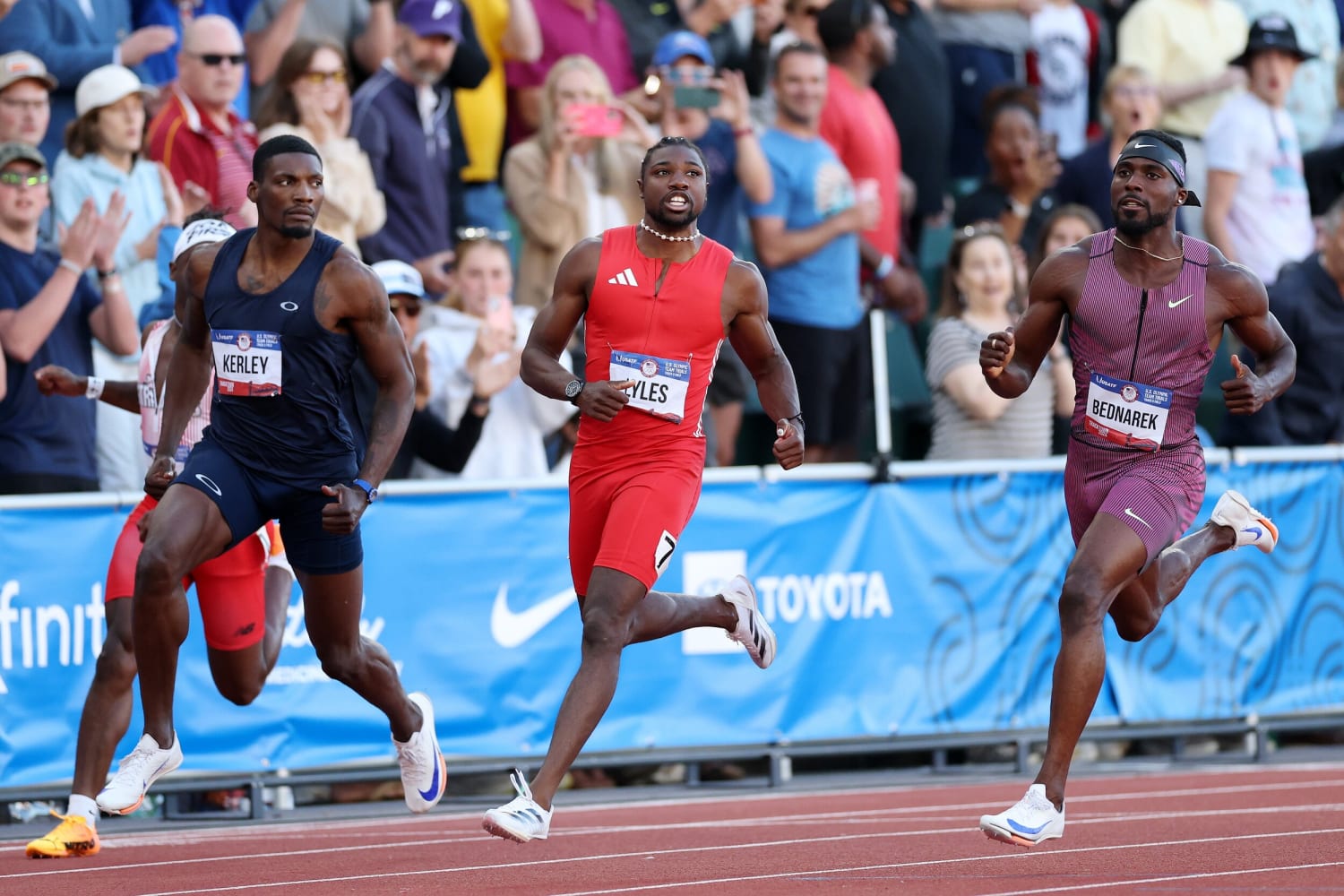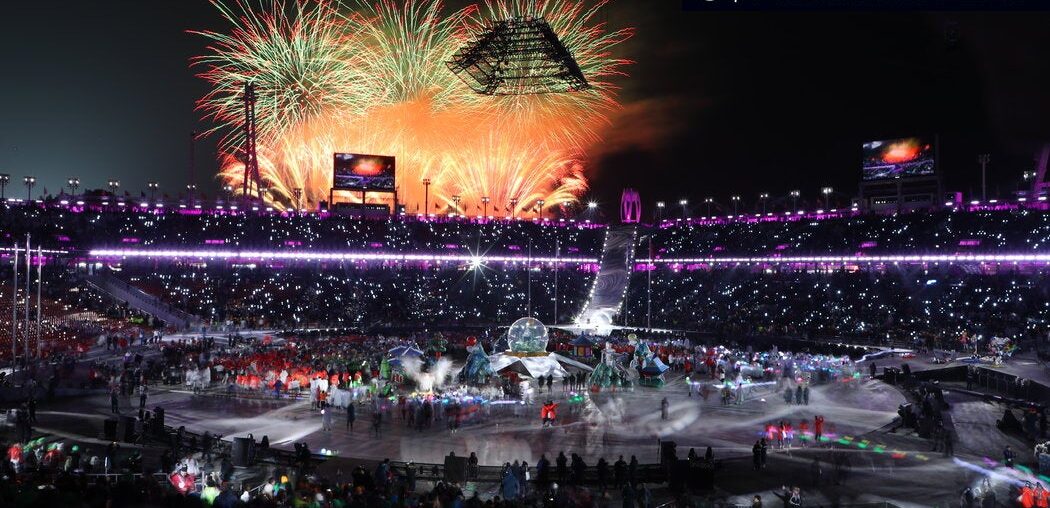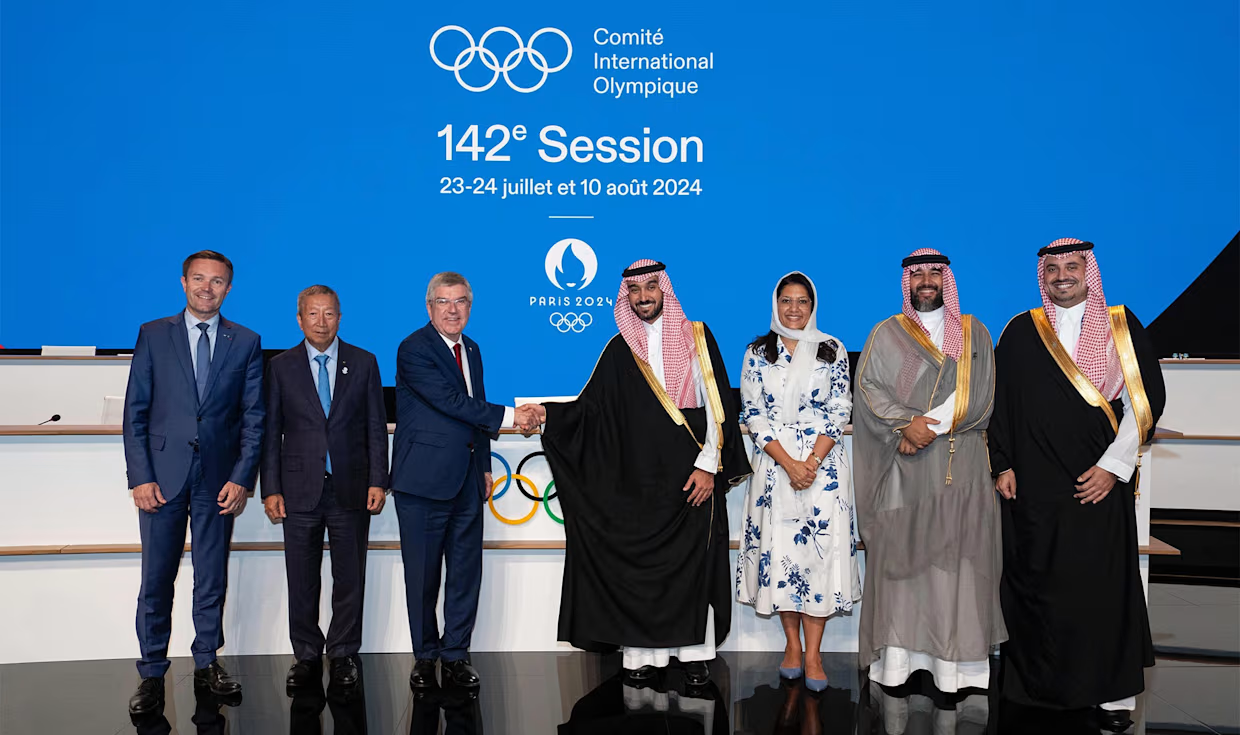The Tokyo 2020 Olympics, held in 2021 after a year-long delay due to the global COVID-19 pandemic, kicked off with an opening ceremony that was both a spectacle and a symbol of hope. Staged in Tokyo’s Olympic Stadium on July 23, 2021, the event was unlike any other in Olympic history. With a near-empty stadium, strict health protocols, and a world still grappling with uncertainty, the ceremony balanced solemnity with bursts of joy, showcasing Japan’s rich culture and the unyielding spirit of athletes worldwide. Let’s dive into the best moments that made this ceremony unforgettable, exploring how they captured the essence of resilience, unity, and cultural pride.
A Subdued Yet Powerful Start
The ceremony began with a poignant nod to the challenges of the past year, setting a tone that was both reflective and hopeful. Unlike the extravagant openings of past Olympics, Tokyo’s ceremony embraced a minimalist approach, reflecting the global mood.
The Lone Athlete on a Treadmill
A lone female athlete, later revealed as Japanese boxer and nurse Arisa Tsubata, ran on a treadmill at the center of the stadium, symbolizing the isolation athletes faced during the pandemic. Dancers gradually joined her, connected by an “invisible bond,” illustrating how athletes persevered despite physical distance. This moment resonated deeply, reminding viewers of the quiet determination that defined the road to Tokyo.
A Moment of Silence for Lives Lost
A hush fell over the stadium as spectators observed a moment of silence for those lost to COVID-19 and the victims of the 1972 Munich Games massacre. The empty seats amplified the solemnity, making it a powerful tribute to resilience in the face of tragedy. It was a reminder that the Olympics were not just about competition but about shared humanity.
Japan’s Cultural Showcase
Japan used the ceremony to highlight its rich heritage, blending traditional and modern elements in a way that felt both intimate and grand. These performances were a love letter to the nation’s culture, crafted with precision and elegance.
Misia’s Heartfelt National Anthem
Japanese singer Misia, dressed in a vibrant, cotton candy-like gown, delivered a stirring rendition of Japan’s national anthem, “Kimi Ga Yo.” Her performance, set against a minimalist backdrop, was a moment of national pride that captivated viewers worldwide. The simplicity of the moment underscored Japan’s refined aesthetic.
The Kabuki Theater Excerpt
A brief but striking Kabuki theater performance featured a Butoh dancer in white, striking poses to dispel negative energy. This nod to ancient Japanese culture was a subtle yet powerful way to ground the ceremony in tradition, offering a moment of calm amidst the global chaos.
The Woodworking Dance and Olympic Rings
Performers danced in a woodworking scene, assembling the Olympic rings using wood from trees grown from seeds planted by athletes during the 1964 Tokyo Olympics. This sustainable touch, paired with a tap-dance routine inspired by traditional Japanese carpentry, was a beautiful blend of history and innovation.
The Parade of Nations: A Global Celebration
The Parade of Nations is always a highlight, and Tokyo’s was no exception. Despite smaller delegations due to COVID restrictions, the energy was electric as athletes from 206 nations marched into the stadium.
Greece Leads the Way
As tradition dictates, Greece, the birthplace of the Olympics, led the parade. Their entrance set a joyful tone, with athletes waving to TV cameras and empty seats, undeterred by the lack of a live audience. The parade’s order, based on the Japanese alphabet, added a unique cultural twist.
Team USA’s Grand Entrance
Team USA, led by flag-bearers Sue Bird (basketball) and Eddy Alvarez (baseball), entered third-to-last as a future Olympic host (Los Angeles 2028). Their cooling jackets, designed to combat Tokyo’s summer heat, were a practical yet stylish touch. The team’s enthusiasm was infectious, with athletes posing for photos and radiating pride.
Pita Taufatofua’s Shirtless Return
Tongan flag-bearer Pita Taufatofua stole the show with his now-iconic shirtless entrance, glistening in traditional attire. A fan favorite from the 2016 and 2018 Games, his appearance sparked social media buzz, with commentators jokingly noting that Tonga might be “the only Olympic nation made famous for its flag-bearer.”
Cultural Outfits on Display
From Afghanistan’s intricately embroidered garments to Ghana’s vibrant white suits with colorful accents, the parade showcased a tapestry of global cultures. Each nation’s unique attire told a story, making the event a visual feast despite the subdued atmosphere.
Technological Marvels and Modern Tributes
Japan’s reputation for innovation shone through in the ceremony’s high-tech elements, which blended seamlessly with its cultural performances.
The Jaw-Dropping Drone Display
A fleet of 1,824 drones lit up the Tokyo sky, forming the Tokyo 2020 logo before transforming into a rotating globe. This breathtaking spectacle, requiring no CGI, was a testament to Japan’s technological prowess and a highlight that left viewers in awe. It felt like something out of a sci-fi film, yet it was grounded in the theme of global unity.
Kinetic Pictograms Come to Life
In a nod to the 1964 Tokyo Olympics, where pictograms for sports were first introduced, performers brought these icons to life in a playful pantomime routine. Dubbed “kinetic pictograms,” the skit was both nostalgic and innovative, earning laughs and applause for its creativity.
Video Game Soundtrack
The parade was accompanied by orchestral renditions of iconic Japanese video game soundtracks, including Dragon Quest and Final Fantasy. This unexpected choice delighted gamers and added a modern, youthful energy to the ceremony, celebrating Japan’s global cultural influence.
The Emotional Climax: Lighting the Cauldron
The ceremony’s pinnacle came with the lighting of the Olympic cauldron, a moment that encapsulated hope and resilience.
Naomi Osaka’s Historic Moment
Tennis star Naomi Osaka, a global icon for her athletic prowess and mental health advocacy, lit the Olympic cauldron, becoming the first tennis player to do so. Climbing a Mount Fuji-inspired structure that opened like a flower, she ignited the flame, symbolizing vitality and hope. Her appearance, fresh off a break from competition, was a powerful statement of perseverance.
The Torch Relay’s Meaningful Journey
The Olympic flame’s journey included a poignant moment when a physician and nurse, representing frontline workers, carried the torch. This tribute to healthcare heroes was a touching acknowledgment of the pandemic’s impact, resonating with viewers worldwide.
Speeches and Symbolism
The ceremony featured speeches that underscored the Olympics’ role in uniting the world during challenging times.
Emperor Naruhito’s Declaration
Emperor Naruhito, whose grandfather opened the 1964 Tokyo Games, formally declared the Games open, accompanied by a dazzling fireworks display. His presence added a layer of historical significance, connecting past and present.
Thomas Bach’s Message of Hope
IOC President Thomas Bach delivered a speech emphasizing the unifying power of sport. “The pandemic forces us apart, but today we are united in sharing this moment together,” he said, thanking Japan for its resilience. His words struck a chord, reinforcing the ceremony’s theme of “United by Emotion.”
Comparing Tokyo 2020 to Past Ceremonies
The Tokyo 2020 opening ceremony stood out for its restraint compared to the grandeur of past Olympics. Here’s a quick comparison:
| Olympics | Year | Key Features | Audience Size | Tone |
|---|---|---|---|---|
| Tokyo 2020 | 2021 | Drone display, minimalist performances, pandemic tributes | ~1,000 (mostly officials, media) | Subdued, hopeful |
| Rio 2016 | 2016 | Samba, supermodel Gisele Bündchen, vibrant energy | ~60,000 | Festive, colorful |
| London 2012 | 2012 | Queen’s cameo, industrial revolution theme | ~80,000 | Theatrical, nostalgic |
Pros of Tokyo 2020’s Ceremony:
- Authentic reflection of the global mood
- Innovative use of technology (drones, pictograms)
- Meaningful tributes to healthcare workers and pandemic victims
Cons of Tokyo 2020’s Ceremony:
- Lack of live audience reduced energy
- Controversies over creative team turnover
- Subdued tone may have felt less celebratory for some
People Also Ask (PAA)
Below are real questions from Google’s PAA section, answered to provide value and optimize for featured snippets.
What was the theme of the Tokyo 2020 Opening Ceremony?
The theme was “United by Emotion,” reflecting the mission to reaffirm the role of sport in fostering hope and unity during the COVID-19 pandemic.
Who lit the Olympic cauldron in Tokyo 2020?
Naomi Osaka, a Japanese tennis star, lit the cauldron, marking a historic moment as the first tennis player to do so.
Why was the Tokyo 2020 Opening Ceremony held without spectators?
Due to rising COVID-19 cases and a state of emergency in Tokyo, spectators were banned to ensure safety, with only select officials and dignitaries present.
What music was played during the Tokyo 2020 Opening Ceremony?
The ceremony featured orchestral versions of Japanese video game soundtracks like Dragon Quest and Final Fantasy, alongside a performance of John Lennon’s “Imagine.”
FAQ Section
Q: How long was the Tokyo 2020 Opening Ceremony?
A: The ceremony lasted approximately three and a half hours, starting at 8:00 p.m. JST on July 23, 2021.
Q: Why was the Tokyo 2020 Olympics delayed?
A: The Games were postponed from 2020 to 2021 due to the global COVID-19 pandemic, marking the first time the Summer Olympics were delayed rather than canceled.
Q: Where can I watch the Tokyo 2020 Opening Ceremony?
A: The ceremony was broadcast live on NBC, with replays available on NBCOlympics.com, the NBC Sports app, and streaming services like Peacock. Check local broadcasters like BBC (UK) or Telemundo (US) for additional options.
Q: What made the Tokyo 2020 Opening Ceremony unique?
A: Its minimalist approach, focus on pandemic resilience, and innovative elements like the drone display and video game music set it apart from past ceremonies.
Q: Were there any controversies surrounding the ceremony?
A: Yes, the creative team faced multiple controversies, including the dismissal of director Kentaro Kobayashi over past Holocaust remarks and resignations due to derogatory comments.
Where to Get More Olympic Content
For those eager to relive the Tokyo 2020 moments or explore more Olympic history:
- NBCOlympics.com: Offers full replays, highlights, and athlete interviews.
- Olympic Channel: Provides behind-the-scenes content and documentaries.
- YouTube: Search for official Olympic clips or fan compilations for quick highlights.
- Books: The Games: A Global History of the Olympics by David Goldblatt offers deep insights.
Best Tools for Olympic Enthusiasts
To stay updated or create Olympic-inspired content:
- Streaming Services: Peacock, Hulu, or fuboTV for live and archived Olympic footage.
- Social Media Tools: Hootsuite or Buffer to track Olympic hashtags like #Tokyo2020 or #Olympics.
- Fitness Apps: Strava or Nike Training Club to train like an Olympian at home.
A Personal Reflection
As someone who’s watched Olympic opening ceremonies since childhood, Tokyo’s felt different but deeply moving. I remember cheering for Pita Taufatofua’s entrance from my living room, laughing at how he’s become an Olympic legend for his bold style. The drone display gave me chills—it was like watching the future unfold. But what hit hardest was Arisa Tsubata’s treadmill moment. As a nurse myself during the pandemic, I felt her struggle, balancing duty with dreams. It reminded me of late-night shifts, hoping for brighter days. Tokyo’s ceremony wasn’t just a show; it was a mirror of our collective resilience.
Why This Ceremony Matters
The Tokyo 2020 Opening Ceremony wasn’t about outshining past Games with glitz. It was about showing up when the world felt broken. From Naomi Osaka’s flame to the drone-lit globe, every moment carried weight, reminding us that unity can emerge from adversity. Whether you’re an Olympic fanatic or a casual viewer, this ceremony offered something universal: a spark of hope. So, next time you’re scrolling for highlights, revisit these moments—they’re a testament to what humanity can achieve, even in the toughest times.



